Disclosure: We may earn commissions if you purchase products after clicking on a link from our site.
Do you want to plant a food plot to attract deer to your property? Would you like to learn the steps to develop a food plot? If you want to attract more deer during the hunting season, food plots are a great way to do it.
How to plant a food plot is not difficult. It involves a series of steps that will attract deer. In this article, we will discuss the steps to plant food plots, the equipment you need, as well as how to maintain them.
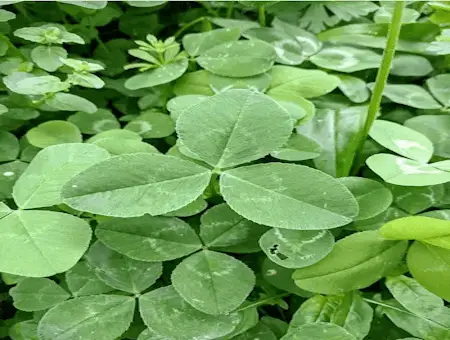
Table of Contents
How to Plant a Food Plot
1. Soil Test
One of the first things to do when you want to plant a food plot is to do a soil test. To improve your chances of success when planting food plots, it is always good to do soil testing. Many hunters overlook this as an important step, but it is crucial to developing the food source.
Knowing the pH of the soil is very important to know as it makes you plan accordingly. With the knowledge of the pH, you will know which nutrients are lacking, which ones are present, and the ones needed to improve the soil. Additionally, the pH will help you determine the plants that will be the best option for that soil.
Moreover, the plants will grow and yield better when the soil pH and nutrient needs are met for the specific plants that you will plant in the food plot. There are soil test kits that you can buy to test the soil. The soil test will inform you if the soil needs sulfur, lime, or other small micronutrients such as boron, manganese, or zinc from the pH reading.
A pH reading of 7.0 works well for best growing results. You don’t want a situation of poor germination which will not allow the vegetation to grow well and can result in stunted plant growth. A pH of about 5.5 will result in poor germination. Antler King has a pH soil test kit that will make it easy to test the soil and find out its pH.
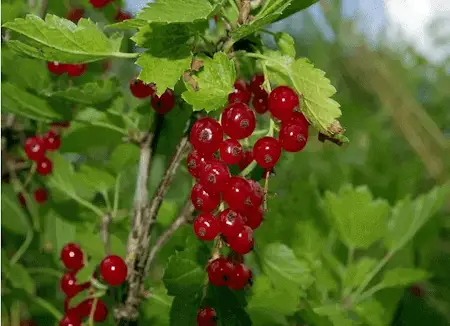
2. What to Plant
There are many crops, plants, and vegetation that you can use during the growing season when creating a food plot to attract deer for the deer season. Alfalfa, clover, and chicory can be planted in spring and early fall. Soybeans, cowpeas, and Sunn hemp can be planted during late spring and summer.
Additionally, radishes, oats, corn, brassicas, turnips, lettuce, sweet tubers, fast-growing foliage, beets, and kale, can also be planted. Some work well for early summer while others are ideal for early spring. One strategy hunters use is to selectively plant vegetation to make the food source yield fruit all during the year. This makes it easy for deer to come all year round to eat.
3. Location of The Food Plot
Choosing the site for your food plot is very important. A poor site selection can result in a failed plot from the very beginning. Avoid areas that are rocky, uneven, or have a lot of stumps. Use open and partially open areas that get a good amount of sunlight during the day, preferably eight to ten hours a day.
Overgrown fields, old logging roads, landings in woods, unused corners or edges on farms, and natural clearings in forests are all good areas for your site.
Additionally, consult your county’s agricultural maps to find areas with the best possible soil. Moreover, avoid areas visible from roads or from the neighbor’s property.
Look for travel routes, funnels, and access points. Areas that are midway from bedding areas to food and water sources are ideal.
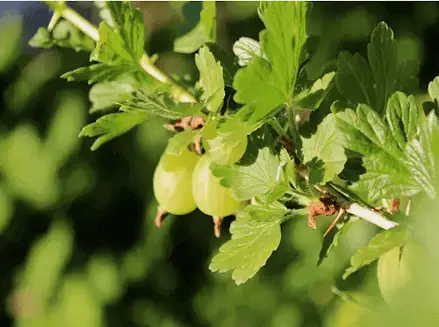
4. Prepare the Site
Once you have tested the soil and know the minerals that are in it and what needs to be added, the next step is to clear the site and prepare it. The plants and vegetation will not grow well if they are competing with weeds. To improve the chances of the food plot growing and producing to attract deer for hunting, you will have to remove the weeds and vegetation on the food plot.
Additionally, rocks, grasses, stumps, broken-down fences, barbed wires, poles, and other objects must be removed from the site. Use a rake or another tool to work the soil. You want a firm seed bed that is smooth and even. The plants will fare better on a smooth and firm bed.
5. Tilling or No Tilling
Prepping the soil to plant is an important step in starting everything off on the right foot. There are a couple of ways you can go about this. Traditional tilling, using a cultivator, loosens up hard-packed soil, can help control weeds, and gives you a chance to mix organic matter into the soil. Plant in tilled soil using a hand seeder, push spreader, or pull-behind UTV or ATV spreader for larger plots.
If you have access to ag machinery, you can go the no-till route. This method involves drilling holes in the ground that the seeds are dropped into. No tilling requires less fertilizer because it helps retain existing organic matter already in the soil, and promotes nutrient cycling. It is also ideal for places that might have issues with erosion.
6. Plant & Fertilize Food Plots
After preparing the food plots, you can then plant the plants, vegetation, foliage, and other food sources. Work the soil lightly after planting the plants and vegetation. Cover the seeds with a board to protect them from birds and other animals that may eat them. Add fertilizer to the food plot such as a nitrogen fertilizer or another fertilizer. Always use the fertilizer that is recommended for the soil types that you are working with.
Additionally, it is important that you pick the right seed blend that will work well for your target area and successfully lure deer to the food source. Some seed blends can be planted with little equipment or using hand tools. Other blends are better suited for specific soil types and slopes. However, most blends should be planted in a seedbed that has been prepared with equipment.
For the best chance of success, make sure to plant with enough soil moisture. Early spring and fall planting will be the best. You can frost seed or plant during the spring when the daytime high temps are in the range of 63-65 degrees.
Plants that are planted during the fall, need to be protected throughout late winter. Additionally, warm-season annuals that are planted in the spring have to be protected through early summer until they mature enough to withstand deer feeding pressure.
One strategy is to develop several plots that mature at different times which will prevent deer from eating all of them from the food plot at the same time. Additionally, you can also use a high fence or a deer-repellent system on the food plot until the plants mature for consumption.
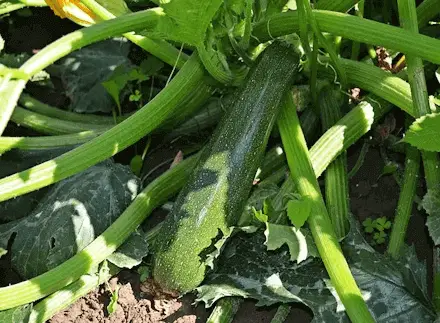
7. Maintain The Food Plot
After planting the plants and vegetables in the food plot, you will have to protect them from grazing pressure. There will be deer and other animals that will want to eat the vegetation before it grows and mature to withstand grazing pressure.
Additionally, you also want to control and remove weeds to allow the plants and vegetation to grow to provide food for deer on the hunting plots.
Another aspect of maintaining the food plot is to continually use fertilizers to ensure continual growth. However, you don’t want to overuse fertilizers on the food plot. You can read a review of the best deer food plot seeds from this link.
8. Watering the Food Plot
Watering the food plot is also one aspect of maintaining it. How often you water it depends largely on where you live. If you live in an area that gets a lot of rainfall during the summer, then watering it will not be an issue.
However, if you live in an area that experiences periods of dryness sometimes, then you may want to plant your plot in an area that is close to a water source such as a stream, river, pond, or lake. If that isn’t feasible, then you may want to set up a sprinkler system and add an irrigation system off a well.
Food Plot Equipment
The equipment you use on the plot will depend on its size. There are handheld spreaders which are ideal for small plots of one acre or a few acres, and for larger plots, there are pull-type spreaders. If the food plot is a large one of many acres of land, an ATV or UTV will be ideal for planting, fertilizing, and maintaining the plot.
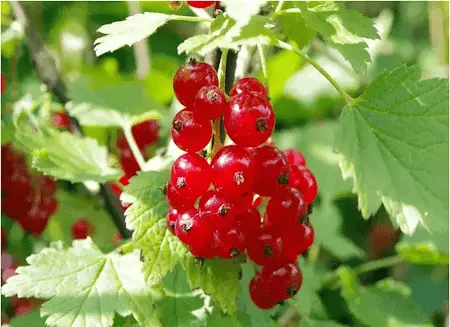
Best Time Of the Year to Plant a Food Plot
There are many times during the year when planting a plot is possible. However, the best time of the year for planting a plot with green or grain crops is spring. If you will be planting beets or brassicas, then late July or early September is the best time of the year for planting. Additionally, planting when the weather is cool, after rain, is the ideal weather climate for planting a plot.
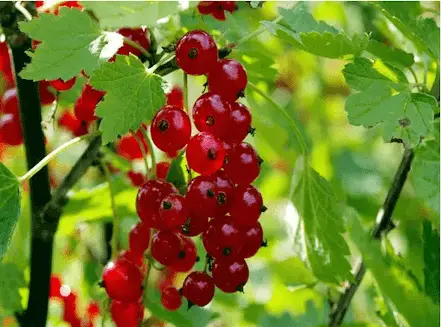
The Bottom Line
Food plots work well to attract deer. Many hunters use them when hunting as it makes it easier to attract deer to your location instead of hunting them in the woods. Planting a food plot is not as difficult as it may seem. It is a series of steps taken to prepare the plot as a food source that will attract deer.
In this article, we discussed how to plant a food plot, the vegetation to use, the equipment, how to maintain it, and other topics. If you want to learn how to hunt a food plot, then read this article.